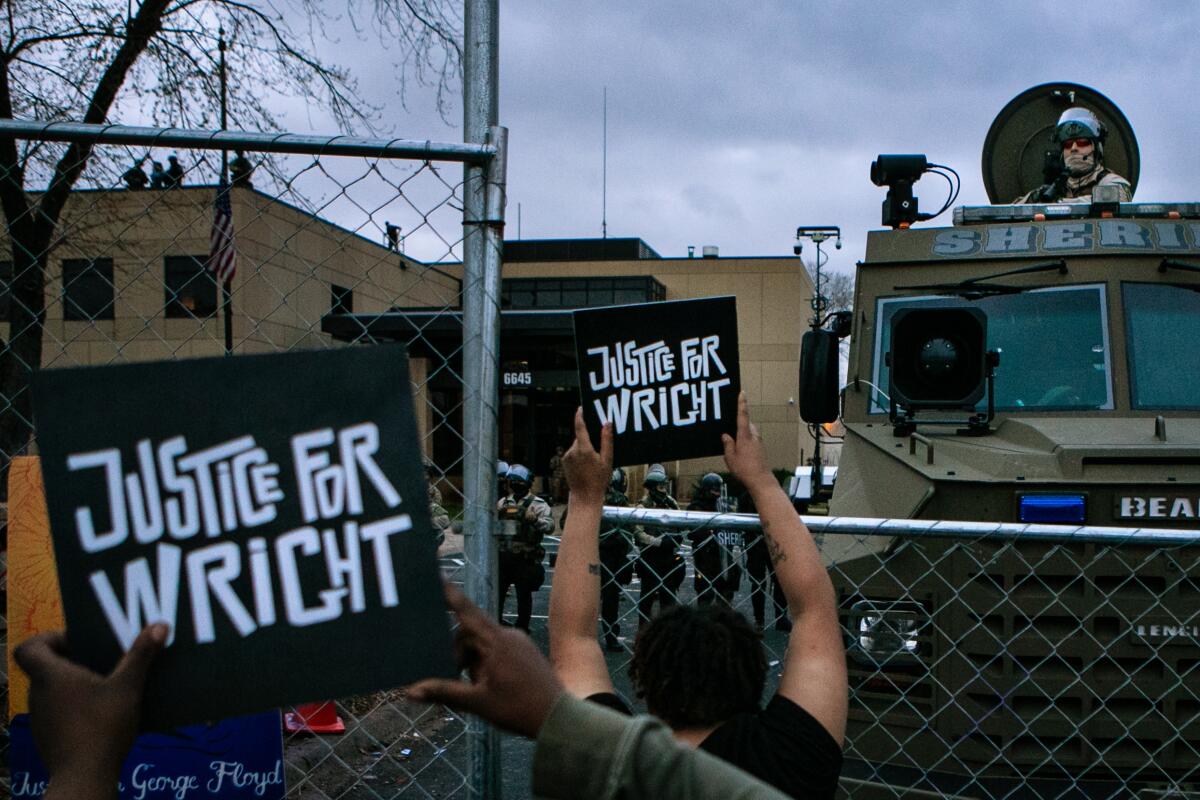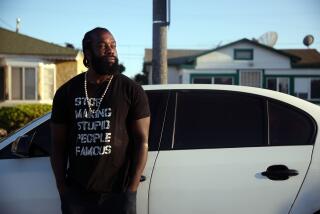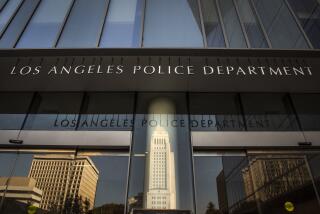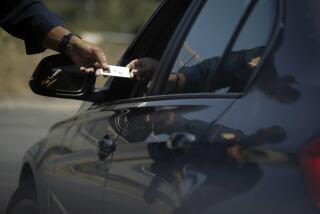Op-Ed: Why traffic stops can be deadly for people of color

Traffic stops are the most common form of encounter between citizens and the police. Tens of millions occur across the country every year. We need no reminder that some have tragic outcomes, as in the fatal shooting of Daunte Wright by police in a Minneapolis suburb during the trial of former police officer Derek Chauvin for the killing of George Floyd in Minneapolis.
Even when traffic stops do not result in death, they can be frightening, humiliating and wrong, as we saw in the video of Army 2nd Lt. Caron Nazario being pulled over, threatened and pepper-sprayed in Windsor, Va.
As we have long known, racial profiling and harassment of people “driving while Black” is very real. A U.S. Justice Department lawsuit against the New Jersey State Police, for example, showed that troopers were targeting Black motorists. The federal investigation of Ferguson, Mo., found that the city was engaged in “predatory policing” — extracting money by targeting drivers of color for fines and fees.
Both of these examples illustrate the broader reason why traffic stops “go wrong”: They are often less about traffic safety and more about exerting control or conducting informal criminal investigations.
It is easy for police to target drivers improperly because most states have literally hundreds of traffic and vehicle codes, so following each one of them to the letter of the law is virtually impossible. If you are moving and behind the wheel, you are most likely breaking a law.
Decades of precedent have established that officers have the right to pull over any motorist committing even a technical violation. Of course, low-level violations are so ubiquitous that officers can’t be expected to act every time they see one.
Instead, at their discretion, after watching hundreds of other lawbreakers drive away, officers can decide to pull over your car. They are able to justify any stop given all the nuances in the traffic code. In Wright’s case, one reason for the stop might have been because he had an air freshener dangling on his rearview mirror; a Minnesota statute prohibits hanging objects in that location. He also had expired tags, a common reason for an officer to “start a conversation” with drivers who interest them, but is often ignored for others.
Once police make a stop, the interaction can quickly shift to whether or not there are any drugs or guns in the car. If the police have probable cause, they can search the car whether the driver consents or not. But if they do not have probable cause, they may ask for consent. Given the power dynamics and the fact that the officer has a Taser, a gun, handcuffs and the authority to arrest the driver for failure to comply with orders (which can be confused with a “request” for consent to search), drivers often consent.
For some drivers — particularly people of color — suspicion comes first, and the traffic code becomes a legal justification for the officer to initiate an encounter, which can escalate into violence.
We’ve reviewed tens of millions of traffic stops for a recent book and a series of articles dealing comprehensively with stops in North Carolina, Illinois, Maryland, Vermont and other states where the data allow. We found that the most common reason for a stop is a speeding violation. Interestingly, speeding stops, which are more connected to safety, are actually less likely to lead to an unjustified search, and the racial difference in searches in speeding cases is relatively low.
We also found that a significant percentage of traffic stops are more likely connected to some effort to fight drug-related crime than to any effort to keep the roads safe. And racial disparities are higher when the traffic stop relates to a purpose that is more likely to be a pretext.
Using the traffic code as an excuse to fight crime — particularly drug crime — is a needle-in-the-haystack proposition. In this, we are left with another terrible effect of the war on drugs: the widely adopted practice of using the traffic code in a way that creates mistrust in communities and does little to improve public safety.
Because middle-class white drivers are less likely to experience these pretextual traffic stops, they may be unaware of their extent. Philando Castile, for example, was pulled over dozens of times before he was shot and killed during a traffic stop in 2016. Daunte Wright’s case is another example that shows any encounter between citizens and police can turn deadly. 2nd Lt. Nazario was completely right to be afraid about what did in fact happen after he was pulled over.
One step toward reducing the threat to drivers from police is straightforward: Make traffic stops focus on maintaining traffic safety. Stop using them as a pretext to start an investigation, which turns a process meant to keep us safe into something dangerous for all, with few benefits and disastrously high costs.
There are reforms that could be put in place. The Oregon Supreme Court, for instance, reduced the incentive for police to target drivers in hopes of finding contraband. It ruled that drugs or guns found even during a consensual search could not be used as evidence in court if unrelated to the purpose of the traffic stop. Policymakers in other states would be wise to follow Oregon’s lead in curbing officer discretion in such cases.
Frank R. Baumgartner, Derek Epp and Kelsey Shoub are the authors of “Suspect Citizens: What 20 Million Traffic Stops Tell Us About Policing and Race.”
More to Read
A cure for the common opinion
Get thought-provoking perspectives with our weekly newsletter.
You may occasionally receive promotional content from the Los Angeles Times.










